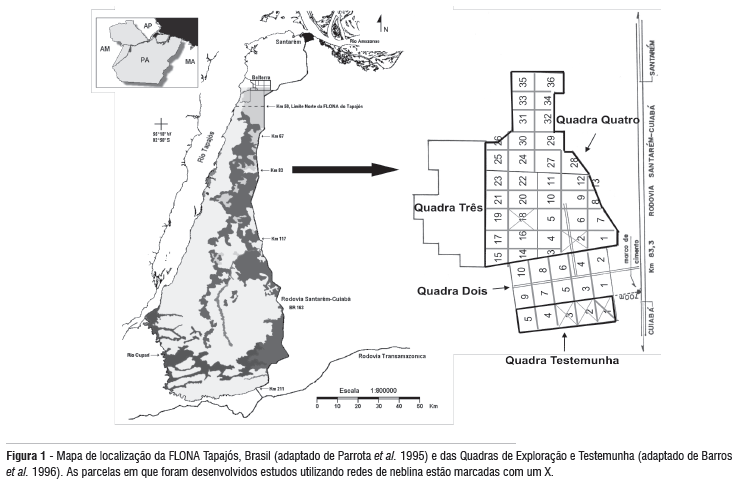This study compares the avian response to low impact selective logging by comparing bird species distribution in control and cut forest during five years, with before and post-harvest samples. Ordination analysis showed that the similarity of the bird community post-harvest was lesser than the similarity of samples before harvest. Moreover, the order of abundances of the 43 most common species changed between before and 3 to 4 years post-harvest in the logged forest. Logging affected capture rates for 20 species, either directly or with an interaction with time. The terrestrial insectivorous and mixed-species flocks were the guilds most affected by logging. Both guilds showed decline, correlated with time, in abundances in cut forest. Obligate army ant followers and arboreal insectivorous did not show differences between cut and control forest, but some species in these guilds showed logging effects, either directly or with an interaction between time and logging. Frugivores also did not show logging effects. Nectarivores increased in both the cut forest and in the control forest. Temporal effects of increase or decline occurred in guilds and in 12 species occurring in the cut and control forest. This result suggests that temporal changes in the cut forest may have resulted from succession and temporal changes in the control forest may have resulted from nearby harvest with 40m³/ha intensity in adjacent forest blocks.
Avifaunal; Disturbance; Conservation; Tropical forest management; Amazon forest











